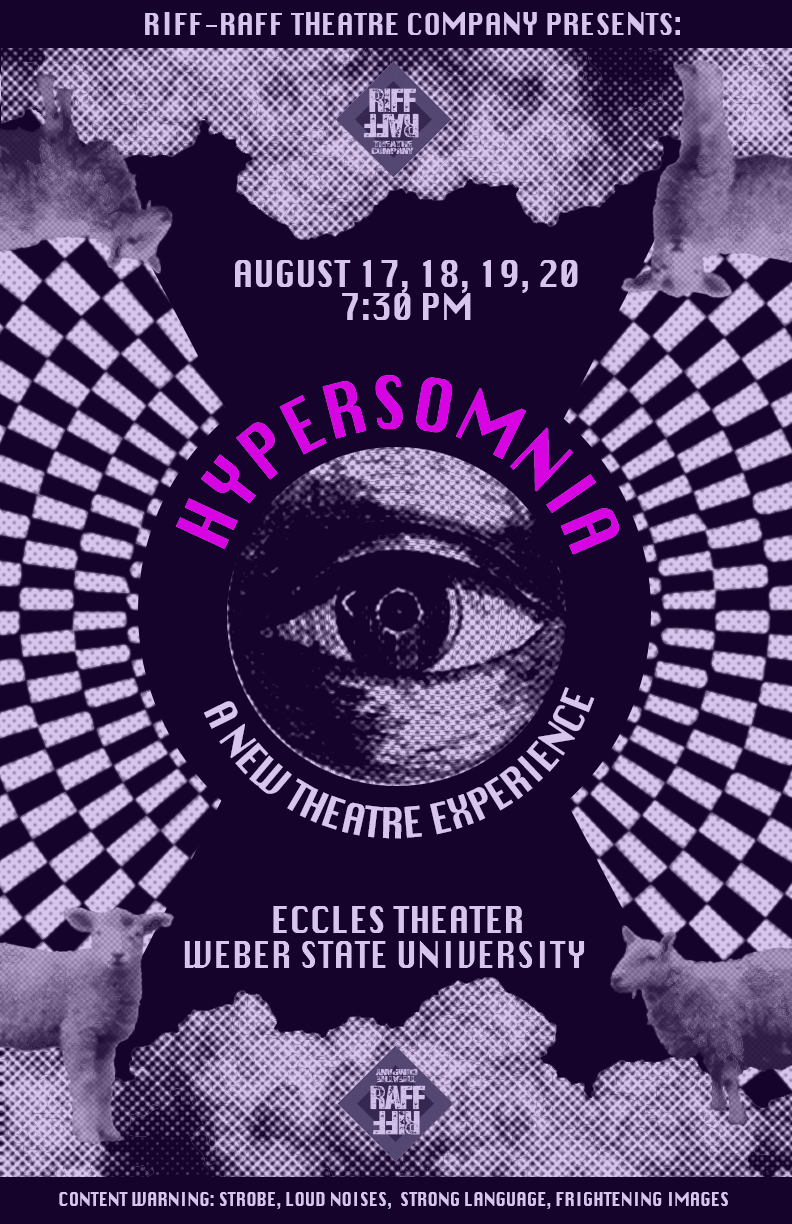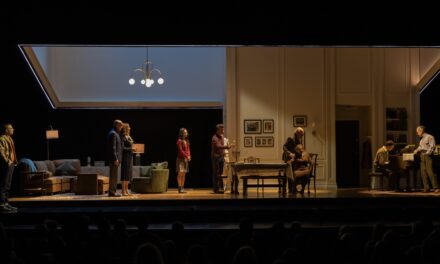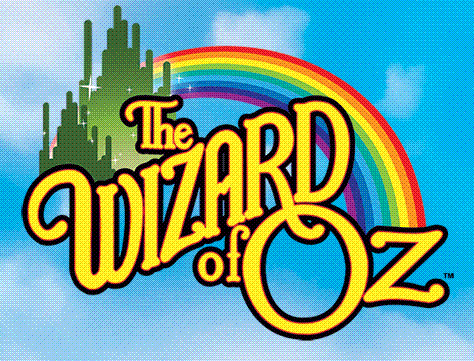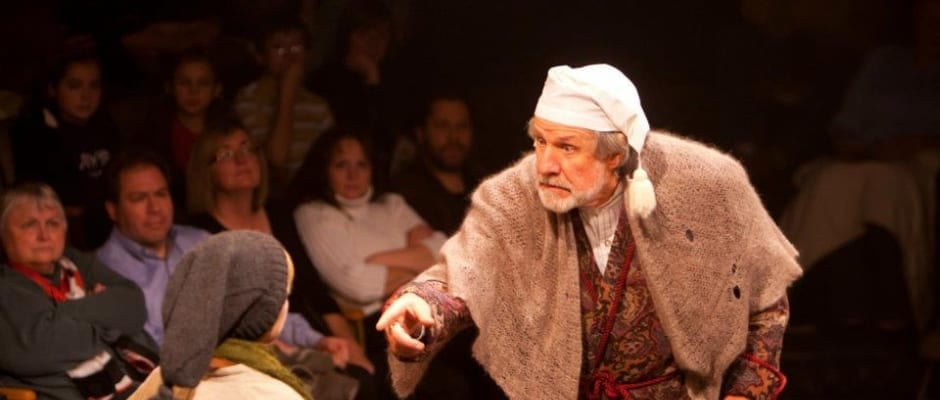OGDEN — Hypersomnia is a new and innovative production put on by Riff-Raff Theatre Company, a new theatre company here in Utah. Performed at the Eccles Black Box Theatre in the Browning Center on the Weber State University Campus, Hypersomnia was billed as an immersive theatrical experience surrounding the character Charlie as she grapples with the intricacies of loss and grief. At just over 60 minutes, it is an intense look at how grief can take over daily life and interrupt a person’s functioning.

Show closed August 20, 2023.
I confess I felt nervous even reading this write up, as I lost my mom this summer. However, I am a therapist in my day job, and I am studying creative arts therapies. And as a critic, I am also interested in learning more about different theatrical experiences. So, I felt like I needed to experience Hypersomnia.
Porter Lance and Marley Keith are the project’s co-directors and writers, and they conceived of this show after receiving a grant to mount a show for the community, which they did with great success. The tickets were free, and the elements in the show were impressive and unique. As I walked into the building, I was struck by the first element: a small sign that said if I could say something to someone who as died, what would it be, and to write it on a piece of paper. I did not expect to cry right away, but I did. This element was brought into the show later when the character of Charlie (played by Lily Hilden), who is desperate to get a message to a friend that she has lost, writes this message on a paper. Throughout the show I wondered what Charlie wrote, but the audience never finds out — one of the best and most artistic choices because it created a bond with Charlie and allowed allowed each person to have a different, unique, and private connection to their grief.
The technical elements of Hypsersomnia were impressive for a grassroots theatre company mounting its first production. (Keith was the main person in charge of lighting, though the entire crew and cast of eight people insist that they all worked on the show in equal parts.) The lighting in this show took my breath away in many different parts, especially some of the effects used to replicate a thunderstorm. Muslin sheets where used all around the stage to create a sense of being inside a circus tent, and many of the lights and the projections (with projection designs by Jacob Watts, Porter Lance, and Tichelle Blaylock) surrounded the audience in a very immersive, closed-in feel. The use of a television from my childhood and movies from the Humphry Bogart era (which were an element that permitted Taylor Garlick to display his fine acting and impression skills) added to both the technical elements and a feeling of strange nostalgia.
Hypersomnia also had some intriguing use of puppetry (with the assistance of Tichelle Blaylock, Sam Rust, Taylor Garlick, and Kylee Hoffman) to explore the experience of processing grief. The mix between reality and dreams was chaotic, but that just mirrored the chaos of grief. As Charlie struggles more and more with the grief, the lines of reality and dreams became more blurred, the stages of grief more blurred, and the ability to cope also more blurred. As a therapist, I see this with clients, and I feel it daily as a person currently dealing with loss.
One thing the creators mentioned in the talkback after the show was that they were hoping to create more edgy, “weird” theatre, and the creators succeeded at their goal. This production did not have the traditional two-act structure with a clear plot and applause at the scene break. It also is not quite comedy or tragedy. There was a lot of humor, but laughing felt uncomfortable and strange. I did laugh, but sometimes I was the only one in the room. But Hypersomnia also made me think about a show in a way that I have not in the last several months, and I love that. This production pushed a few boundaries of love and loss, but in a way that caused me to want to continue to love and hope to connect more. I really look forward to seeing what Riff-Raff comes up with next and how they push to the edge of new theatrical content and performance.





